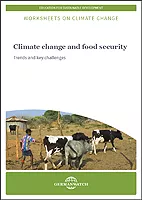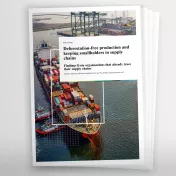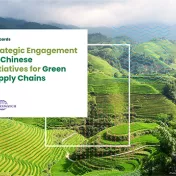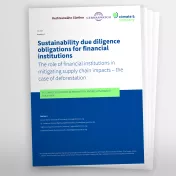
Climate change has impacted food security in numerous ways: the increase in temperatures influences growing conditions for plants. Many plants won’t be able to adapt to the increase in temperatures in their traditional growing regions, and will either spread northward (or southward in the southern hemisphere) or to mountainous regions, or disappear altogether. Climate change will alter precipitation patterns in many parts of the world. In areas of rain-fed agriculture, rains arriving just a few weeks late, or distributed to just a few heavy precipitation events, can have a major impact on harvest yields. Soil erosion also increases with individual heavy precipitation events, which reduces the potential for further high-yield cultivation. Along with changes in precipitation patterns, whole regions will become drier. Available water resources for personal usage as well as for agriculture will tighten considerably. Additionally, numerous regions are likely to see an increase in heavy rain events, heat waves, floods and droughts as well as a higher intensity of hurricanes, typhoons and other major storms. The expected rise of sea levels threatens to flood whole sections of the world’s most fertile land in coastal areas and flood delta regions and contribute to the salinization of soil and groundwater supplies.
The materials presented here give pupils the opportunity to work through the links between the areas of food security and global climate change. These connections, intensifying as they are in a world of increasing globalisation and constant change, are examined throughout the various regions and in a more detailed way.




